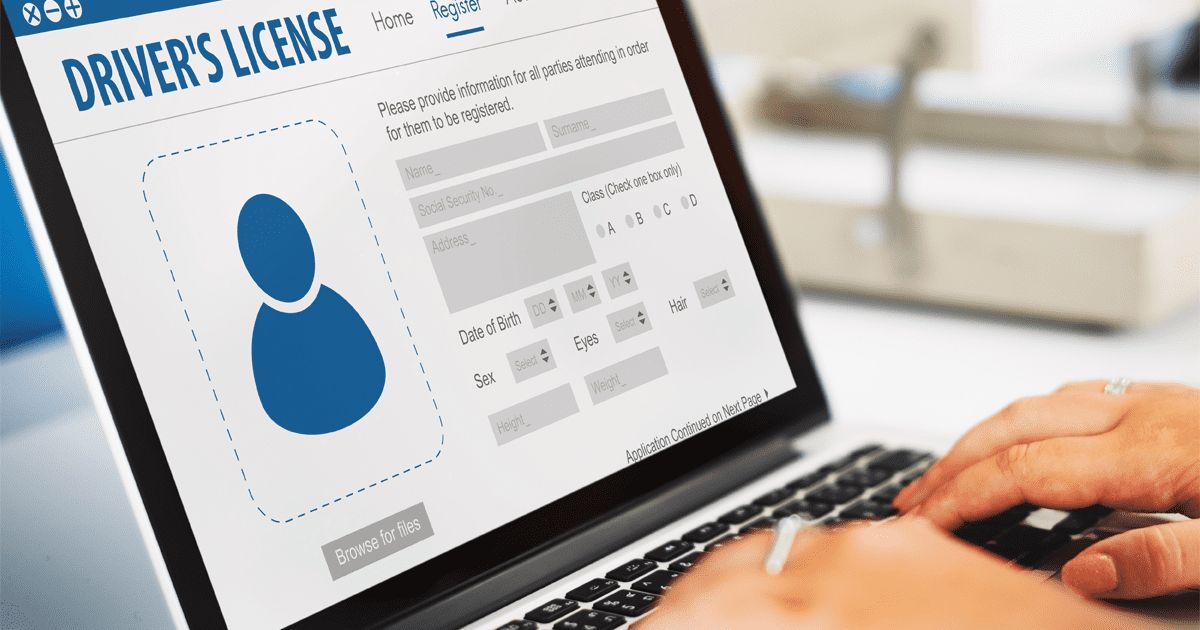How to Obtain a Driving License in Ireland
Driving Licence of Ireland
If you want a driving license in Ireland, you must live in Ireland most of the time. This means you stay in Ireland for at least 185 days yearly because of your personal and work connections. If you’re seeking asylum, you can show your temporary residence certificate as proof that you live in Ireland when you apply for a driving license or learner permit.
The National Driver Licence Service (NDLS) manages driver licensing, including applications and renewals, which can be done online or in person.
Who can apply for Ireland Driving Licence
You must be 17 years old to apply for a driving licence. If you are aged between 16 and 17 years, you can apply for a provisional licence. To legally drive on public roads To obtain a license, you must pass both a theoretical and practical exam. I will ensure you have all the necessary information and resources to prepare for both tests and increase your chances of success.
You can also get an Ireland driving licence if you are 18 or over but under 21 years old and have completed your Leaving Cert examinations (or equivalent). This applies even if you still need to finish college or university as long as it is within four months following the completion of your exams.
There are two ways to apply for your driving license:
Online: You can apply for your driving license online at NDLS.ie. To do this, you’ll need the following:
Documents:
A Public Services Card with a verified MyGovID.
Proof of your address if it’s different from what’s on your Public Services Card.
Proof that you live in Ireland if you’re not from the EU or EEA.
A medical report form, dated within the last month, if it’s needed.
An application fee of €55 unless you’re 70 or older.
You’ll need a Certificate of Professional Competence (CPC) if you’re a professional driver.
In-Person: You can also apply by booking an appointment at an NDLS centre. If you use online, you won’t need to provide your Certificate of Competence (the document that shows you passed the driving test).
Requirements:
Usually, if you have a Public Service Card (PSC), it’s enough to prove who you are for your application. But if you don’t have one, you’ll need to give four different documents:
A picture ID (like a driver’s license or passport) to show your face and name.
Something that proves where you live (like a utility bill or a letter with your address).
Proof of your PPS number (like a social security card).
Proof that you live in your current place.
The application fee may cost up to 5 euros.
You can pay the application fee of 5 euros by postal order or cheque. You can also pay in person at a post office or online with your debit card or credit card.
The total cost of getting an Irish driving licence is:
Application fee – 5 euro
Driving test fee (if applicable) – 75 euro
Depending on your situation, you might also require some additional forms:
Medical Report Form: If you’re applying for specific driving license categories related to buses and trucks (like C, C1, D, D1, CE, C1E, DE, or D1E), you’ll need a Medical Report Form unless you’ve already provided a valid medical report. However, if you’re applying for categories like motorcycles, cars, or work vehicles, you usually won’t need this form unless you have a specific health condition or disability. If you’re 75 or older, you’ll need a fitness certification from your doctor to apply for a 3-year or one-year license.
Eyesight Report Form: Generally, eyesight-related issues are covered in the Medical Report Form. But if you no longer require glasses or contact lenses to drive (for instance, after laser eye surgery), you’ll need an Eyesight Report Form.
A registered medical practitioner should fill out these forms, and you must sign the declaration on the form in their presence. Send them within one month of the medical examination or eyesight assessment. You can download these forms or get them from NDLS centres.
Categories of motor vehicles:
Motorcycles and mopeds
Car and work vehicles
Buses and trucks
Trailers
Category A: This category covers motorcycles of various sizes and types. There are three subcategories:
A1: For motorcycles up to 125 cc and a power output of up to 11 kW.
A2: For motorcycles with a power output of up to 35 kW.
A: For unrestricted motorcycles.
Category B: This is for driving passenger cars and light trucks with a total weight of up to 3,500 kg. This category includes a subcategory:
B96: Allows you to tow larger trailers.
Category BE: This category allows you to drive vehicles covered by Category B and tow larger trailers.
Category C: This category is for driving trucks and lorries with a total weight exceeding 3,500 kg.
Category CE: With this category, you can drive vehicles covered by Category C along with trailers with a total weight exceeding 750 kg.
Category D: This is for driving buses designed to carry more than eight passengers.
Category DE: Allows you to drive vehicles covered by Category D along with trailers exceeding 750 kg.
Category T: For driving tractors.
Category AM: This category covers mopeds and light quadricycles.
Category ADR: For transporting dangerous goods.
 Pass the Exam Easily with Detailed 3-Level Practice | 1-Day Full Access Free — Offer Ends in
Pass the Exam Easily with Detailed 3-Level Practice | 1-Day Full Access Free — Offer Ends in




